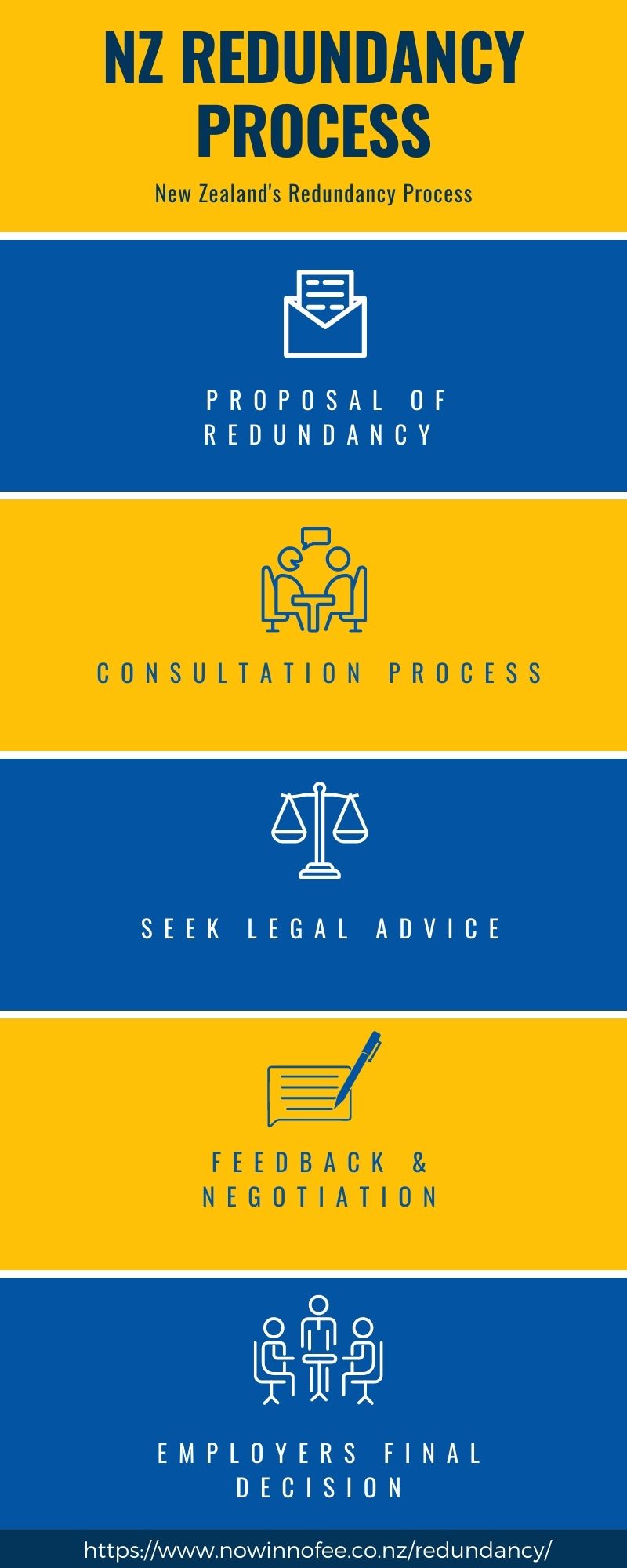Clarified: If a Company Goes Bust Who Pays Redundancy in the UK?
Checking Out the Interplay In Between Company Redundancy and Business Flexibility for Future Development
In the dynamic landscape of today's organization world, the detailed connection in between business redundancy and business versatility arises as an essential aspect for sustained development and success. Firms usually face the challenge of striking a fragile equilibrium in between preserving a degree of redundancy to mitigate threats and cultivating flexibility to react quickly to the ever-evolving market demands. This fragile interplay holds the crucial to not only making it through in turbulent times however additionally prospering in the face of uncertainty. As we check out the diverse measurements of this interaction, appealing understandings into exactly how companies browse these complexities to lead the way for future growth await.
Value of Company Redundancy
Firm redundancy is an essential aspect that boosts business durability and alleviates functional risks. By integrating redundancy steps within the business framework, companies can better hold up against unforeseen interruptions and fluctuations in business atmosphere. Redundancy acts as a strategic barrier, enabling business to adjust and respond effectively to unforeseen difficulties without endangering vital operations.
One trick facet of the value of business redundancy is its duty in making sure continuity during times of crisis. When confronted with abrupt changes or emergency situations, redundant systems, resources, or employees can step in to maintain vital features and prevent prevalent disruptions. This continuity not just safeguards the company's track record and consumer trust fund yet additionally reduces financial losses and functional downtime.

Methods for Organizational Adaptability

Creating adaptable business frameworks that enable for fast modifications to market characteristics and consumer requirements is necessary for staying competitive in a rapidly evolving environment. By proactively determining possible interruptions and possibilities, organizations can proactively grow and adapt in an ever-changing company landscape.
Harmonizing Redundancy and Adaptability
Accomplishing a harmonious equilibrium in between operational redundancy and business adaptability is vital in browsing the intricacies of a dynamic business atmosphere. Redundancy within a company provides a safeguard, making certain continuity and security in operations. However, an excess of redundancy can lead to ineffectiveness and prevent versatility to transforming market problems. On the various other hand, business versatility permits companies to react promptly to outside disturbances and seize new chances. Striking the appropriate equilibrium in between redundancy and flexibility is a delicate procedure that calls for a deep understanding of the organization's objectives, industry characteristics, and threat resistance.
To achieve this balance, companies need to carry out routine assessments of their procedures to determine locations where redundancy is required for threat reduction and where adaptability can drive advancement and growth. Implementing flexible structures, promoting a society of constant learning and improvement, and motivating open interaction across all degrees of the organization are key approaches to harmonize redundancy and flexibility properly. By aligning these 2 important aspects, firms can position themselves for sustainable growth and success in an ever-changing business landscape.
Study on Adaptation Success
In taking a look at circumstances of successful business adaptation, it becomes obvious that the interaction between operational redundancy and flexibility is a specifying element in shaping resilient organizations. One compelling study is that of Netflix. Initially a DVD rental service, Netflix showed amazing flexibility by transitioning into a streaming system when digitalization interfered with the sector. By tactically purchasing innovation and material creation, my sources Netflix not just made it through however grew in a quickly evolving market. One more standout example is Amazon. Starting as an online bookstore, Amazon continuously adjusted its company model, broadening right into varied markets such as cloud computer and expert system. This flexibility permitted Amazon to stay ahead of rivals and meet transforming consumer needs. Finally, Adobe gives a notable image of effective adjustment. The business changed from marketing software licenses to a subscription-based model, making certain recurring earnings streams and enhanced customer engagement. These study emphasize the importance of functional redundancy paired with organizational adaptability in fostering lasting development and competition.
Structure Resilience for Future Development
Building strength for future growth calls for a calculated alignment of functional processes with market dynamics and emerging patterns. Firms must adjust to altering environments by promoting a culture of flexibility, advancement, and continuous renovation. Strength involves not just recuperating from obstacles but also proactively getting ready for future obstacles. One essential facet of structure resilience is investing in durable threat administration approaches to alleviate possible disruptions. This includes situation preparation, diversifying supply chains, and establishing contingency strategies for different contingencies (who pays redundancy money).
In addition, cultivating solid partnerships with stakeholders, such as clients, employees, providers, and the neighborhood, is necessary for maintaining and weathering unpredictabilities depend on and support during rough times. Reliable communication and transparency play a crucial role in building resilience, as they aid help with and straighten expectations cooperation in navigating uncertainties.
In addition, organizations need to prioritize knowing and advancement efforts look at this web-site to upskill staff members and equip them with the required devices to adjust to changing scenarios. By investing in their workforce, firms can improve their flexibility and dexterity, eventually reinforcing their strength for lasting future development.
Final Thought

In the vibrant landscape of today's service world, the complex partnership in between business redundancy and organizational flexibility arises as a vital element for sustained growth and success. Business typically face the difficulty of striking a delicate balance between preserving a level of redundancy to reduce risks and promoting adaptability to respond quickly to the ever-evolving market needs.To achieve this balance, firms require to carry out routine assessments of their procedures to recognize areas where redundancy is necessary for danger mitigation and where adaptability can drive innovation and growth.In verdict, the interplay in between company redundancy and organizational versatility is important for future growth. Structure resilience with a mix of redundancy and flexibility will ensure that companies are prepared for the difficulties of the future.